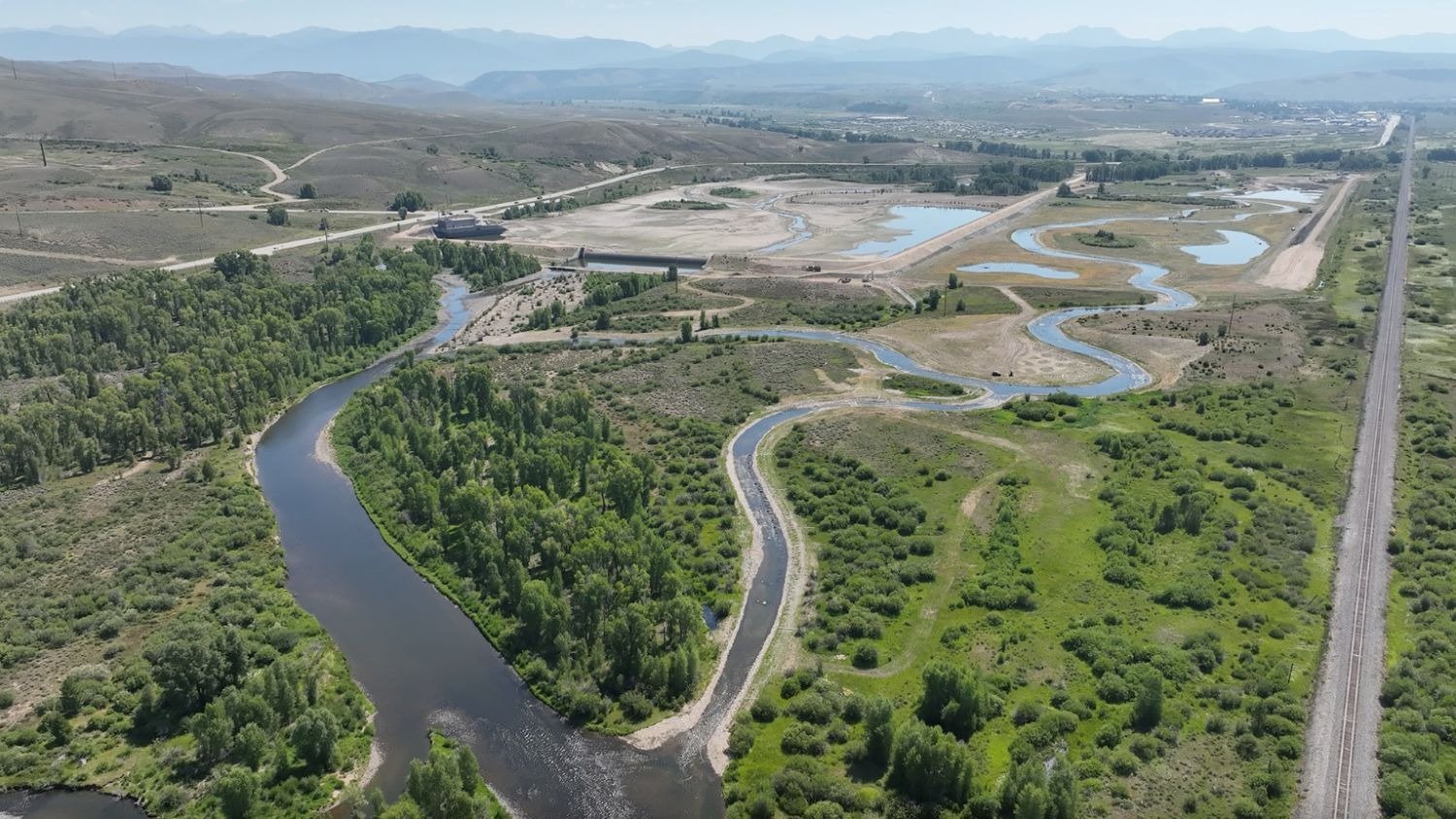9News.com
Accidental spills are just one of the threats that wildlife on top of western Colorado's Roan Plateau might face, now that the federal government has opened the door to drilling there.
One of the species that could wind up living in the shadow of drilling is believed by many to be a state genetic treasure.
Fly fisherman Ken Neubecker describes catching Colorado River Cutthroat trout as "combat fishing."
"They like to stay undercover. It's a short cast. They're only a few feet away," he said.
The trout love to hide out under a line-snaring tangle of overhanging willow.
Neubecker talked to 9NEWS as he stood beside a 15 foot wide, 8 inch deep strip of clear stream, meandering at the base of a ridge. It's a dauntingly steep mile down from the top of the ridge, which like scores of others, forms the undulating top of the Roan Plateau.
http://www.9news.com/seenon9news/article.aspx?storyid=101766&catid=509







